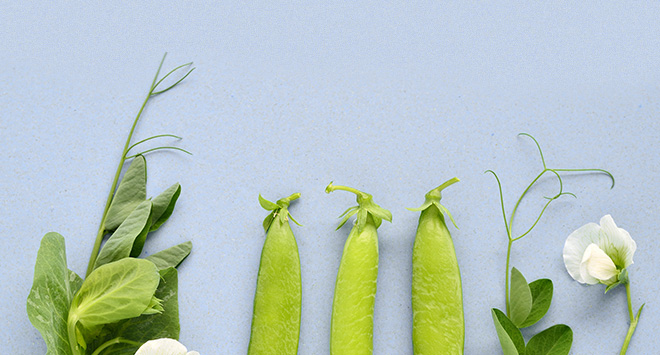Gastronomy
Edible yet obscure

Palatable plants that sprout up here and there
They are plants we often see, but take little note of. We know they exist, yet we rarely pause to admire them, let alone pick them. They grow in our parks, our woods, our countrysides, our forests; still, they leave us indifferent. And did you know that some of them are not only edible, but also delicious and nutritious?
Here is an introduction to some of them.
FLOWERS
Carnation
Flavour: delicately fragrant, often compared to nutmeg
Uses: in a salad, in a lemonade, as a garnish or candied
Chrysanthemum
Flavour: markedly bitter
Uses: in a salad, in a soup or in a sauce
Marigold
Flavour: slightly spicy, sometimes verging on citrusy
Uses: as a substitute for saffron
Meadowsweet
Flavour: very fragrant, aromatic
Uses: in a tea or beverage
Nasturtium
Flavour: robust, somewhat similar to watercress
Uses: in a salad, as butter, candied or stuffed
PLANTS (OTHER PARTS)
Cattail
Flavour: delicate and refreshing
Uses: the inside of the stem can be eaten raw, while the pollen can be used as flour
Heal-all
Flavour: especially bitter
Uses: the leaves can be eaten raw or boiled
Thistle
Flavour: similar to that of celery
Uses: the top third of the stem (roughly) can be eaten boiled or in a soup
Speedwell
Flavour: sometimes delicate, at other times peppery
Uses: the leaves, flowers and stems are all loaded with vitamin C and can be eaten raw
Hogweed
Flavour: bitter and slightly lemony
Uses: the leaves can be eaten raw, while the seeds can be roasted and milled to make flour
SOME WORDS OF CAUTION
– Do not pick wild edible plants along the highway or from other polluted areas.
– Make sure the plant you are picking is indeed edible, as some plants are toxic.






